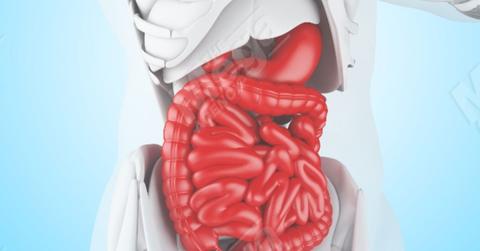'Viruslike' Enigma: Scientists Unearth Mysterious 'Obelisks' in Human Gut, Mouth That May Influence Genetic Activity

Researchers have discovered 'obelisks' in the human gut that may have evolved from viruses.
Researchers at Stanford University have recently identified a virus-like entity residing in bacteria within the human mouth and gut.
These entities, referred to as "obelisks" by the Stanford team, have genomes characterized by loops of RNA. Such sequences of obelisks have been identified globally, raising intrigue among scientists.
Mark Peifer, a cell and developmental biologist at the University of North Carolina at Chapel Hill, told Science.org, "The more we look, the more crazy things we see."
The impact of obelisks on human health remains uncertain, according to Matthew Sullivan, an integrative biologist at Ohio State University. However, researchers speculate that obelisks might influence the genetic activity of their bacterial hosts, potentially affecting human genes.
RNA, or ribonucleic acid, functions as the counterpart to DNA, transporting protein-making instructions encoded in a DNA-based gene to assemble amino acids.
Many viruses, whose status as living entities is debated among scientists, possess genomes consisting solely of RNA. Viroids, typically known to infect plants, may extend their reach to various hosts, including animals, fungi or bacteria.
- Origin Resolved? 'Smoking Gun' Evidence Shows COVID-19 Deliberately Engineered in Chinese Lab, Scientist Says
- What Lies Beneath: NASA Scientist Believes Aliens May Have Found 'Perfect' Hiding Spot in Earth's Oceans
- Global Threat: Russia Insider Warns West of 'World War Using Nuclear Weapons' Amid Escalating Support for Ukraine
The Stanford researchers detailed their findings in a report recently published, identifying nearly 29,960 instances of obelisks in the human gut and mouth.
The research involved analyzing gene activity readouts from previously published “metatranscriptome” data. Approximately 7 percent of the metatranscriptomes from human feces contained obelisks, providing insights into gene activity in the gut microbiome.
In mouth metatranscriptomes, 17 out of 32 samples revealed the presence of newly identified viroids.
Never miss a story — sign up for the Front Page Detectives newsletter. Be on the scene the moment news breaks.
The researchers successfully matched an obelisk with its host, S. sanguinis, although the hosts of other obelisks remain unidentified. The researchers speculated that a fraction of obelisks may be present in bacteria.
Future research is essential to determine whether viroids evolved from viruses. This study adds to ongoing efforts to comprehend the complexities of the human gut.
Become a Front Page Detective
Sign up to receive breaking
Front Page Detectives
news and exclusive investigations.
